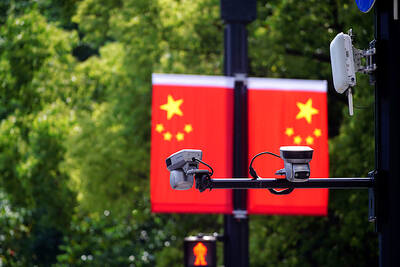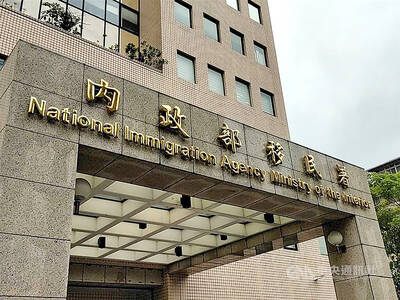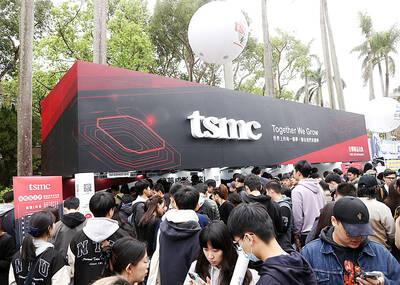The Executive Yuan’s decision to hold a series of events beginning on July 7 to commemorate the nation’s victory over Japan in the Second Sino-Japanese War, the “reclamation” of Taiwan and the nation’s economic takeoff in the early 1960s were questioned by Academia Sinica researcher Chen Yi-shen (陳儀深), who said that the events are not only absurd, but also demonstrate the government’s China-centric historical outlook.
It is difficult to understand what exactly the President Ma Ying-jeou (馬英九) administration hopes to accomplish by seeking to claim “legitimacy” over who won in the Second Sino-Japanese War, Chen said.
The war raged across China from 1937 to 1945 between the Republic of China (ROC) and Imperial Japan.
Although it was later deemed a part of the Pacific theater of World War II, the Second Sino-Japanese War began before Japan entered WWII by bombing Pearl Harbor, and was largely fought between China and Japan, with Allied forces offering materiel and financial aid.
While China plans a large military parade to commemorate the anniversary, the Ma administration’s decision to hold seminars on the event constitutes an offer of goodwill to Beijing, Chen said.
While the Chinese Nationalist Party (KMT) helped in the winning of the Second Sino-Japanese War, it later lost territory in China to the Chinese Communist Party, Chen said.
“Is the KMT intending to reclaim China by holding on to claims of legitimacy over who spearheaded the victory in the war?” Chen asked, adding that “the trend of thought was no longer feasible in modern times.”
The government should seek to emphasize what the ROC government in Taiwan has done for Taiwan, instead of “making a large fuss” about the 70th anniversary of the Second Sino-Japanese War, Chen said, adding that the government’s actions showed that it was still clinging to a “Great China” historical view.
In defense of the planned activities, Executive Yuan spokesperson Sun Lih-chyun (孫立群) said that the nation could not allow China to change or wipe out history, adding that the events are being planned to emphasize the role of the ROC government during the war.
Events are to be held on such a grand scale this year due to the 70th anniversary, Sun said, adding that the Executive Yuan also sought to connect the events to post-war Taiwanese development after the KMT came to Taiwan in 1949.
The government intends to hold international academic seminars, inviting domestic and foreign experts, to emphasize historical accuracy, Sun said, adding that from Aug. 14 to December, the Academia Historica and the Armed Forces Museum are set to hold special exhibitions on documents, pictures and other archived items from the Second Sino-Japanese War period.
The museums plan to display footage of the ROC government receiving the instrument of surrender from Imperial Japan in Nanjing, China, Sun said.
The Ministry of National Defense said that it would hold several seminars in which academics would discuss the significance of the Second Sino-Japanese War.
The ministry intends to hold a talk for Taiwanese compatriots and the war in December, inviting the Lin family (林) in Wufeng (霧峰) as well as the progeny of Chiu Feng-jia (丘逢甲).
The Lin family are descendants of Lin Shuang-wen (林爽文), best known for his attempted rebellion against the Qing Dynasty in 1786.
Chiu resisted the Japanese occupation of Taiwan after the First Sino-Japanese War in 1895. Chiu also supported rebellion against the Qing Dynasty and witnessed the birth of the ROC in 1912.

CAUTION: Based on intelligence from the nation’s security agencies, MOFA has cautioned Taiwanese travelers about heightened safety risks in China-friendly countries The Ministry of Foreign Affairs (MOFA) yesterday urged Taiwanese to be aware of their safety when traveling abroad, especially in countries that are friendly to China. China in June last year issued 22 guidelines that allow its courts to try in absentia and sentence to death so-called “diehard” Taiwanese independence activists, even though Chinese courts have no jurisdiction in Taiwan. Late last month, a senior Chinese official gave closed-door instructions to state security units to implement the guidelines in countries friendly to China, a government memo and a senior Taiwan security official said, based on information gathered by Taiwan’s intelligence agency. The

The National Immigration Agency (NIA) said yesterday that it will revoke the dependent-based residence permit of a Chinese social media influencer who reportedly “openly advocated for [China’s] unification through military force” with Taiwan. The Chinese national, identified by her surname Liu (劉), will have her residence permit revoked in accordance with Article 14 of the “Measures for the permission of family- based residence, long-term residence and settlement of people from the Mainland Area in the Taiwan Area,” the NIA said in a news release. The agency explained it received reports that Liu made “unifying Taiwan through military force” statements on her online

Taiwan Semiconductor Manufacturing Co (TSMC), the world’s largest contract chipmaker, said yesterday that it is looking to hire 8,000 people this year, at a time when the tech giant is expanding production capacity to maintain its lead over competitors. To attract talent, TSMC would launch a large-scale recruitment campaign on campuses across Taiwan, where a newly recruited engineer with a master’s degree could expect to receive an average salary of NT$2.2 million (US$60,912), which is much higher than the 2023 national average of NT$709,000 for those in the same category, according to government statistics. TSMC, which accounted for more than 60 percent

Tung Tzu-hsien (童子賢), a Taiwanese businessman and deputy convener of the nation’s National Climate Change Committee, said yesterday that “electrical power is national power” and nuclear energy is “very important to Taiwan.” Tung made the remarks, suggesting that his views do not align with the country’s current official policy of phasing out nuclear energy, at a forum organized by the Taiwan People’s Party titled “Challenges and Prospects of Taiwan’s AI Industry and Energy Policy.” “Taiwan is currently pursuing industries with high added- value and is developing vigorously, and this all requires electricity,” said the chairman